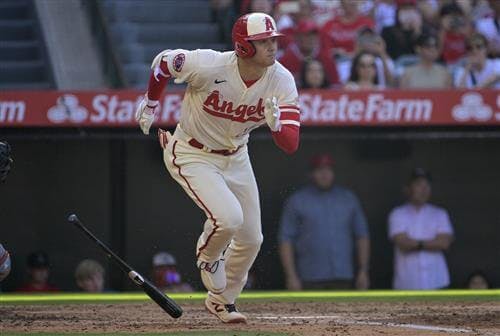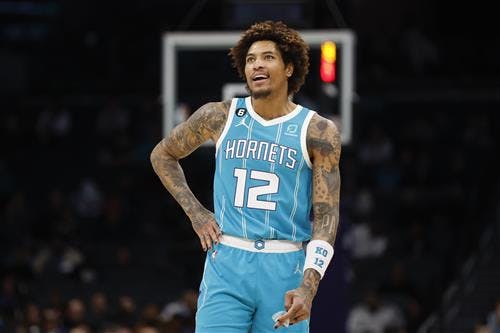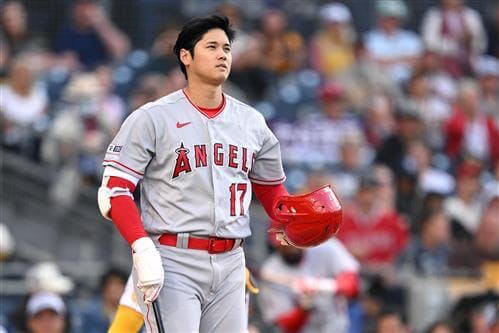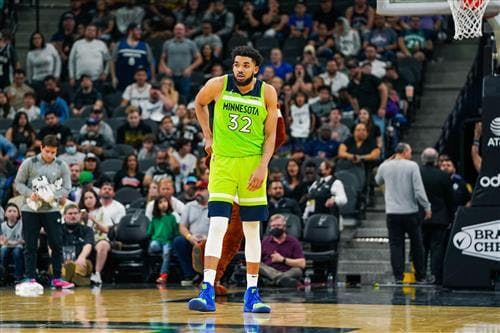There isn’t a classic bonafide No. 1 quarterback prospect in the 2023 NFL Draft, but there is plenty of talent and potential. Based on the reports swirling as the draft gets closer, quarterback rankings around the league seem to vary at the top more than normal. Would you rather lean on the comforts of C.J. Stroud’s accuracy or roll the dice on Anthony Richardson’s potential? Look past Bryce Young’s size or fall in love with Will Levis’ prototypical build and impressive tools? My final ranking of the top five quarterbacks in this draft is identical to Dane Brugler’s in The Beast:
- Bryce Young (top 10 grade)
- C.J. Stroud (top 10 grade)
- Anthony Richardson (top 10 grade)
- Will Levis (first-round grade)
- Hendon Hooker (second-round grade)
With a week until the start of the draft, here’s what stands out to me about each of these prospects:
Bryce Young: pro-ready prospect who can dazzle outside the pocket
Young will be one of the smallest NFL quarterbacks ever, but most teams will look past that and put him at the very top of their draft boards because he plays the position at a level that you rarely see from a collegiate quarterback. He can read defenses, he’s aggressive, and he’s accurate on all levels. He can play in the pocket and throw on time, but his play outside of structure is magical. His ability to quickly process and react to what he’s seeing is uncanny, and that’s reflected in his high score on the S2 Cognition test.
With the score tied 49-49 late in the fourth quarter, Young needed to get Alabama in field goal range. This sort of play shows how clearly he’s able to think despite the situation. Before the snap, he uses his cadence to get the defense to show its hand. After seeing the safety rotation and how the linebackers moved, he knew a blitz was coming to his right and slid his protection in that direction. Despite the blitz, he knew he was protected and used a subtle pump fake to get both underneath defenders to jump the short route, opening up space for the deeper in-breaker behind it.
Down six points against Texas in the fourth quarter, the Alabama offense lined up in empty with running back Jahmyr Gibbs lined up out wide. The offense appeared to have called a stick/draw concept in which Young reads the linebacker and has the option to throw the stick route or run a draw. The linebacker left the box to defend the stick route, so Young made the right decision to run. The defensive tackles did a good job of closing the running lane, so Young had to improvise. Gibbs saw his quarterback in trouble and worked to get open. As soon as Young got his eyes up and saw Gibbs, he quickly set up and threw to Gibbs to the back of the end zone.
This is what makes Young special: He’s able to react quickly to what he’s seeing, play without any hesitation and make these sorts of plays without putting the ball in harm’s way much.
Young’s size and lack of arm strength will be an issue in the league. Russell Wilson was a much more thickly muscled player coming out of college, and even Kyler Murray, who’s had issues staying healthy, was bigger than Young when he entered the league. On top of that, both of those players have more natural arm talent than Young, who can struggle to make throws to the sideline on outbreaking routes. As impressive as some of Young’s out-of-structure plays are, his trump card will be his ability to win from inside the pocket. At the next level, he’ll have to model his game to be more like Drew Brees’ than Wilson’s or Murray’s. That’s a high level of mental mastery to achieve, but he’s shown signs that he could reach it.










